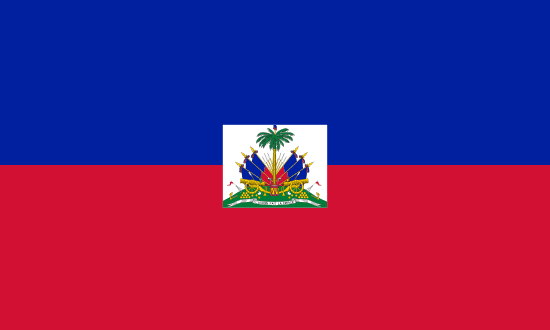"Cap-Haïtien, la cité Christophienne | Cap-Haïtien, the city of Christopher"
About:
Cap-Haïtien, a city in northern Haiti, was founded in 1670 by the French as Cap-Français and became the colonial capital of Saint-Domingue. It played a pivotal role in the Haitian Revolution (1791-1804), with key events like the Battle of Vertières occurring nearby. Post-independence, the city was renamed Cap-Haïtien. It faced numerous invasions and occupations, notably by the U.S. (1915-1934). Despite historical hardships, including natural disasters, Cap-Haïtien remains a significant cultural and tourism hub in Haiti today.
When to visit:
Cap-Haïtien, located on the northern coast of Haiti, experiences a tropical climate with distinct wet and dry seasons. The best time to visit Cap-Haïtien is during the dry season, which typically runs from December to April. This period offers pleasant weather with lower humidity and minimal rainfall, ideal for exploring the city's historical sites such as the Citadelle Laferrière and Sans-Souci Palace. However, it is important to note that the holiday season from December to January can be more crowded with tourists, so planning ahead is recommended to secure accommodations and activities.
When to avoid:
Cap-Haïtien, a city located in northern Haiti, experiences its worst travel conditions during the hurricane season, which typically occurs from June to November. This period is characterized by heavy rainfall, strong winds, and a high risk of tropical storms and hurricanes. Traveling to Cap-Haïtien during this time can lead to disruptions in transportation, potential damage to infrastructure, and safety concerns for visitors. It is advisable to avoid traveling to Cap-Haïtien during the hurricane season to ensure a safe and enjoyable holiday experience.
"Winter Season (Dec-Feb)"
Cap-Haïtien, Haiti experiences its wettest period from April to November, with the heaviest rainfall occurring in May and August. During this time, temperatures average around 28°C (82°F). Rain can be heavy and frequent, often leading to overcast skies and reduced sunlight. Despite this, the tropical climate ensures warm weather. An average day for a visitor might involve waking up to a cloudy morning, experiencing afternoon showers, and enjoying a humid, partly cloudy evening. It's advisable to carry rain gear and plan indoor activities.
"Summer (May–October)"
The warmest part of the year in Cap-Haïtien, Haiti, typically spans from April to October, with the peak heat usually occurring in July. During this period, average high temperatures hover around 31-33 degrees Celsius (88-91 degrees Fahrenheit), while the lows rarely drop below 23 degrees Celsius (73 degrees Fahrenheit) at night.
Rainfall is relatively high during this period, particularly in May, June, and August, with monthly averages ranging from 75mm to 150mm. This implies that while it's the warmest part of the year, it's also the wettest, so visitors should be prepared for occasional tropical showers.
Sunlight is abundant, with Cap-Haïtien experiencing an average of 7-8 hours of sunshine per day during these months. However, the sky is often partly cloudy, with a cloud cover ranging from 50% to 70%.
Humidity levels are typically high, often exceeding 70%. This, combined with the warm temperatures, can make the heat feel more intense, so it's crucial for visitors to stay hydrated and protect themselves from the sun.
A typical day for a visitor during this period would start with a warm, sunny morning, perfect for exploring the city's historical sites. Afternoons might bring occasional rain showers, offering a refreshing break from the heat. Evenings are generally warm and humid, ideal for enjoying local cuisine at an outdoor restaurant. Despite the heat and humidity, the vibrant culture and stunning natural beauty of Cap-Haïtien make it an exciting destination year-round.
Language:
In Cap-Haïtien, the most commonly spoken languages are Haitian Creole and French. Haitian Creole, a French-based creole language, is the mother tongue of the majority of the population. French, however, is the official language and is used in administration, business and education. Despite this, a large portion of the population is not fluent in French, making Haitian Creole the more prevalent language in everyday life.




